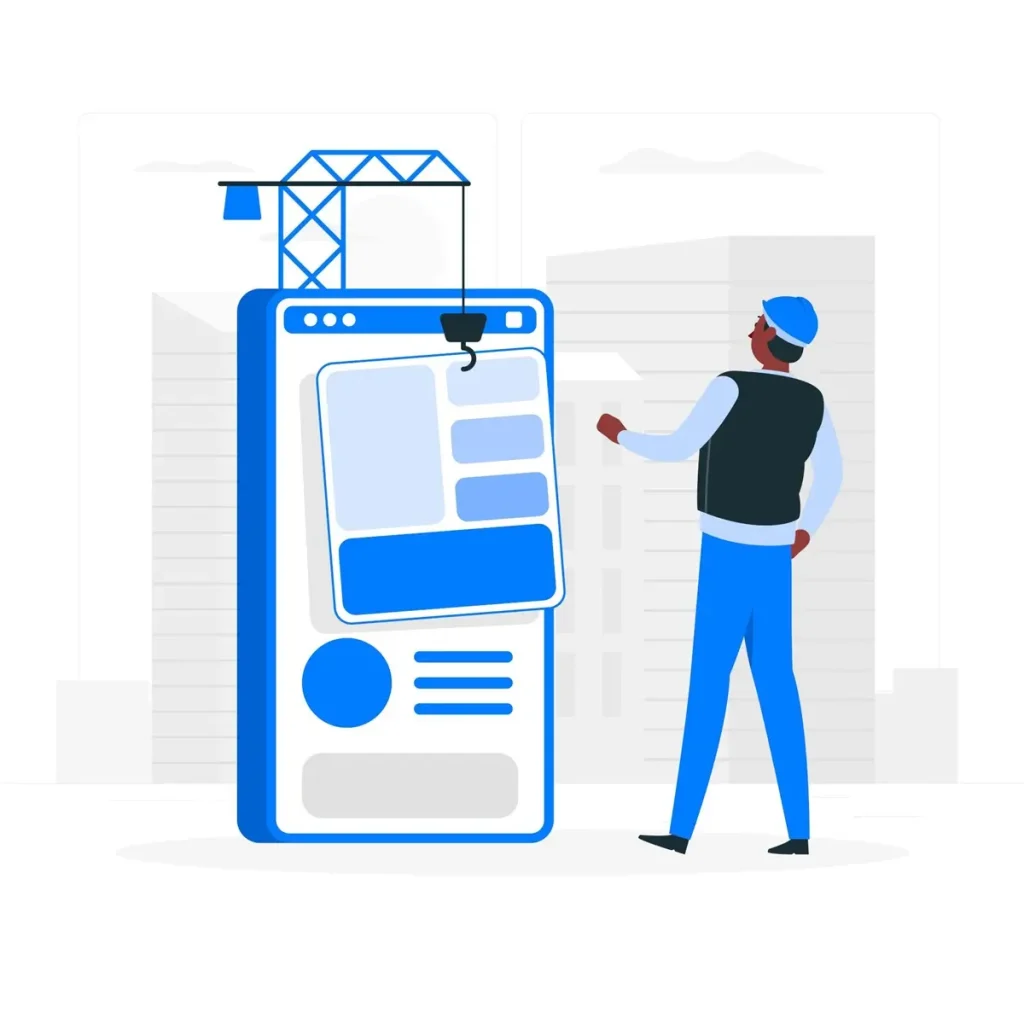
Are you a teacher struggling to gauge your students’ reading interests and preferences? Look no further than the Boost Literacy Elementary Reading Survey Tool! This comprehensive survey is designed to help you understand your students’ reading habits, preferences, and challenges, allowing you to tailor your teaching strategies to their needs.
Why is a Elementary Reading Survey Important?
As an elementary school teacher, you know that reading is the foundation for all learning. However, not all students share the same enthusiasm for reading. Some may find it challenging, while others may not have discovered their true reading interests yet. By conducting a reading interest survey, you can:
Identify students’ reading preferences: Discover what genres, topics, and formats your students enjoy reading the most.
Understand their reading habits: Learn how often your students read, where they read, and what motivates them to pick up a book.
Assess their reading challenges: Identify any obstacles or difficulties your students face when reading, such as vocabulary, comprehension, or attention span.
Tailor your teaching strategies: Use the survey results to adapt your lesson plans, classroom activities, and book selections to better suit your students’ needs and interests.
What to Include in a Reading Interest Survey
The Boost Literacy Elementary Reading Survey Tool covers a wide range of questions to help you gain a comprehensive understanding of your students’ reading habits and preferences. Here are some key areas to include:
General reading attitudes: Ask students how they feel about reading, what they enjoy most about it, and what they find challenging.
Favorite genres and topics: Provide a list of popular genres (e.g., fiction, non-fiction, mystery, adventure) and topics (e.g., animals, science, history, sports) and ask students to select their favorites.
Reading formats: Find out if your students prefer reading physical books, e-books, or audiobooks, and if they enjoy reading alone or with others.
Reading habits: Ask about how often they read, where they read (e.g., at home, in school, on the bus), and what motivates them to read.
Reading challenges: Identify any difficulties your students face when reading, such as vocabulary, comprehension, attention span, or access to books.
Favorite authors and characters: Ask students about their favorite authors and book characters to gain insights into their reading preferences.
You Must Know
The All About Me Survey: Unlock Student Potential
101 Powerful Customer Satisfaction Survey Questions You Need Now
How to Conduct the Survey
The Boost Literacy Elementary Reading Survey Tool can be administered in various formats, depending on your students’ age and reading level:
Paper-based survey: Provide students with a printed copy of the survey and have them fill it out by hand.
Online survey: Use a digital survey tool like Google Forms or SurveyMonkey to create an interactive, user-friendly survey that students can complete on a computer or tablet.
Oral interview: For younger students or those with limited reading skills, conduct the survey orally, asking questions and recording their responses.
Analyzing the Survey Results
Once you’ve collected the survey responses, it’s time to analyze the data. Look for patterns and trends in your students’ reading preferences, habits, and challenges. Consider factors such as:
Gender: Are there any significant differences in reading preferences between boys and girls?
Grade level: How do reading habits and preferences change as students progress through
elementary school?
Reading ability: Do struggling readers face different challenges compared to their more proficient peers?
Use the survey results to identify areas where you can improve your teaching strategies and better support your students’ reading development.
Putting the Survey Results into Action
Now that you have a clear understanding of your students’ reading interests and needs, it’s time to put that knowledge into practice. Here are some ways to use the survey results to enhance your teaching:
Classroom library curation: Stock your classroom library with books that match your students’ favorite genres, topics, and formats.
Lesson planning: Incorporate your students’ interests and preferences into your lesson plans, using familiar characters or settings to engage them in reading activities.
One-on-one support: Identify struggling readers and provide targeted support, such as extra practice with vocabulary or comprehension strategies.
Parent communication: Share the survey results with parents and suggest ways they can support their child’s reading at home, such as reading aloud together or discussing books.
Conclusion
The Boost Literacy Elementary Reading Survey Tool is a powerful resource for teachers looking to better understand and support their students’ reading development. By conducting this survey regularly, you can stay up-to-date with your students’ changing interests and needs, ensuring that your teaching strategies remain effective and engaging.
Remember, fostering a love of reading in your students is one of the most valuable gifts you can give them. By tailoring your instruction to their unique preferences and challenges, you can help them develop into confident, lifelong readers.
So, what are you waiting for? Start boosting your students’ literacy today with the Boost Literacy Elementary Reading Survey Tool.




